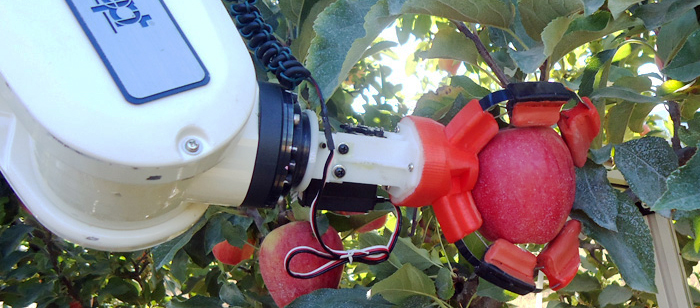
Human mental models and robots:
Grasping and tele-presence
Dr. Cindy Grimm, Oregon State University
11:00-12:00 Monday 9 May 2016, ITE 325b
Grasping and tele-presence
In this talk I will cover two separate research efforts in robotics, both of which use human mental models to improve robotic functionality. Robots struggle to pick up and manipulate physical objects, yet humans do this with ease – but can’t tell you how they do it. In this research we focus on how to capture human data in such a way as to gain insight into how people structure the grasping task. Specifically, we look at the role of perceptual cues in evaluating grasps and mental classification models of grasps (i.e., all these grasps are the “same”). In the second half of the talk I will switch to discussing how human mental models of privacy, trust, and presence come in to play in remote tele-presence applications (“Skype-on-a-movable-stick”).
Dr. Cindy Grimm is currently an associate professor at Oregon State University (since 2013) in the School of Mechanical, Industrial, and Manufacturing Engineering (application area robotics). Prior to that she was tenured faculty at Washington University in St. Louis in Computer Science (12 years). Her research areas range from 3D sketching to biological modeling to human-robot interaction. She approaches these problems with a combination of mathematical models and empirically-verified human-centered design (HCD). Mathematical models provide a sound, quantitative, rigorous, elegant basis for representing shape and function, and are a core part of the “language” of computation. Including a human in the loop is a key component of the application areas she works in; HCD provides the mechanism for addressing the fundamental problem of how to make mathematical computation “useful” for humans. She has worked with collaborators in fields ranging from psychology, mechanical and biological engineering, statistics, to art.